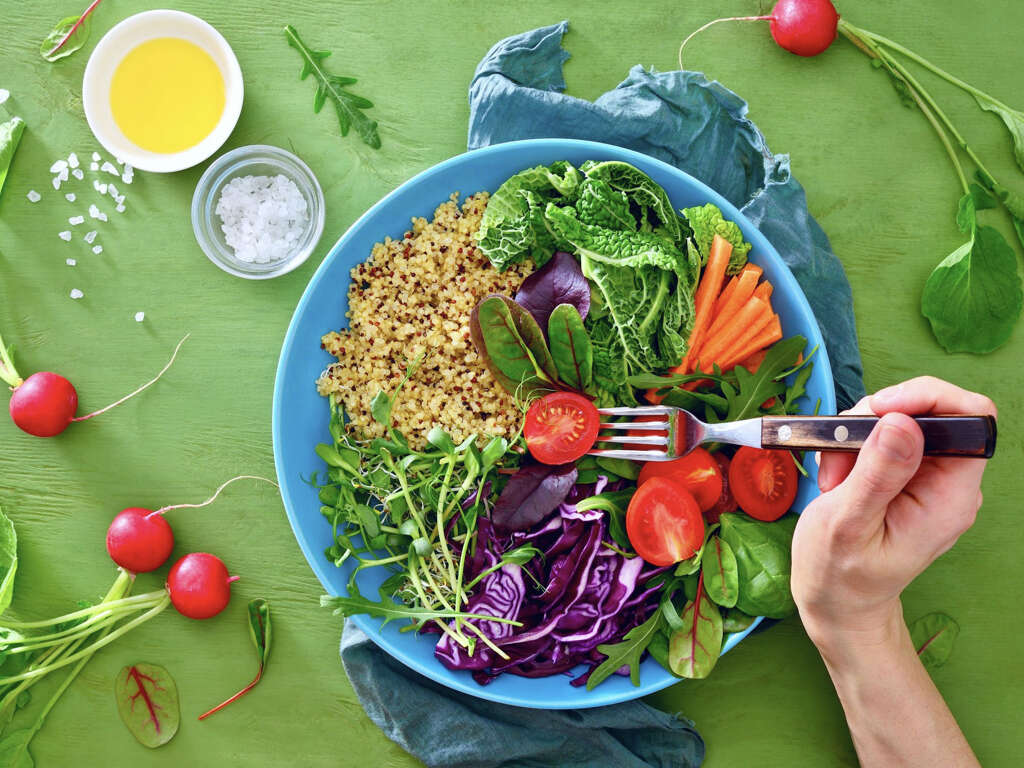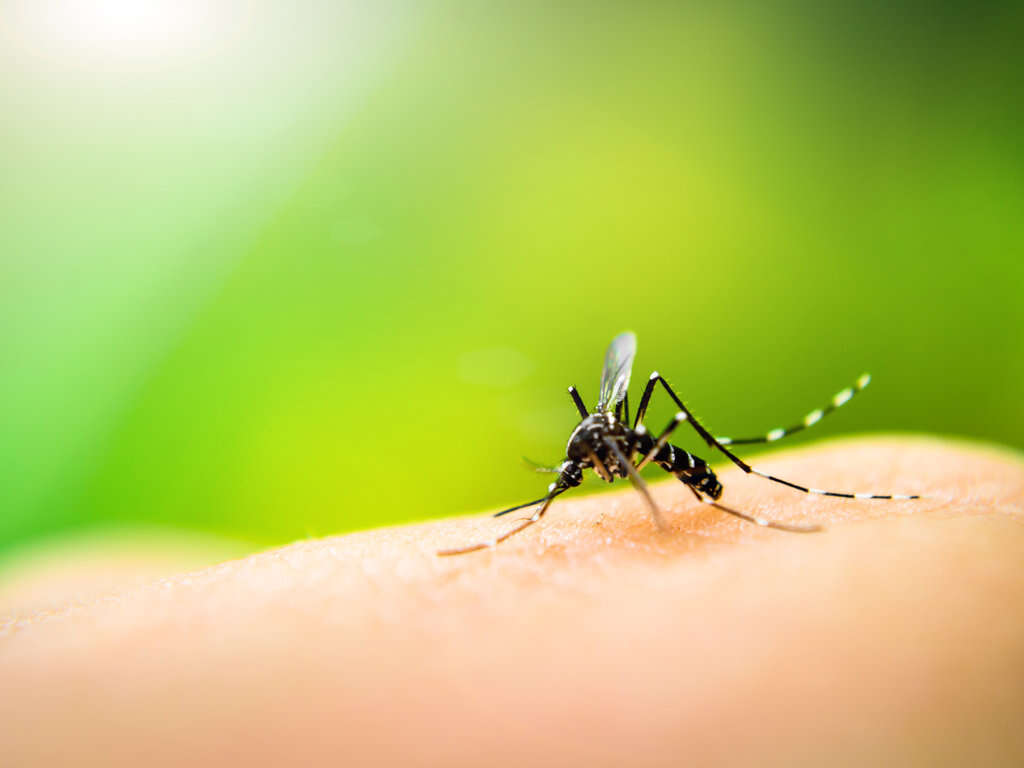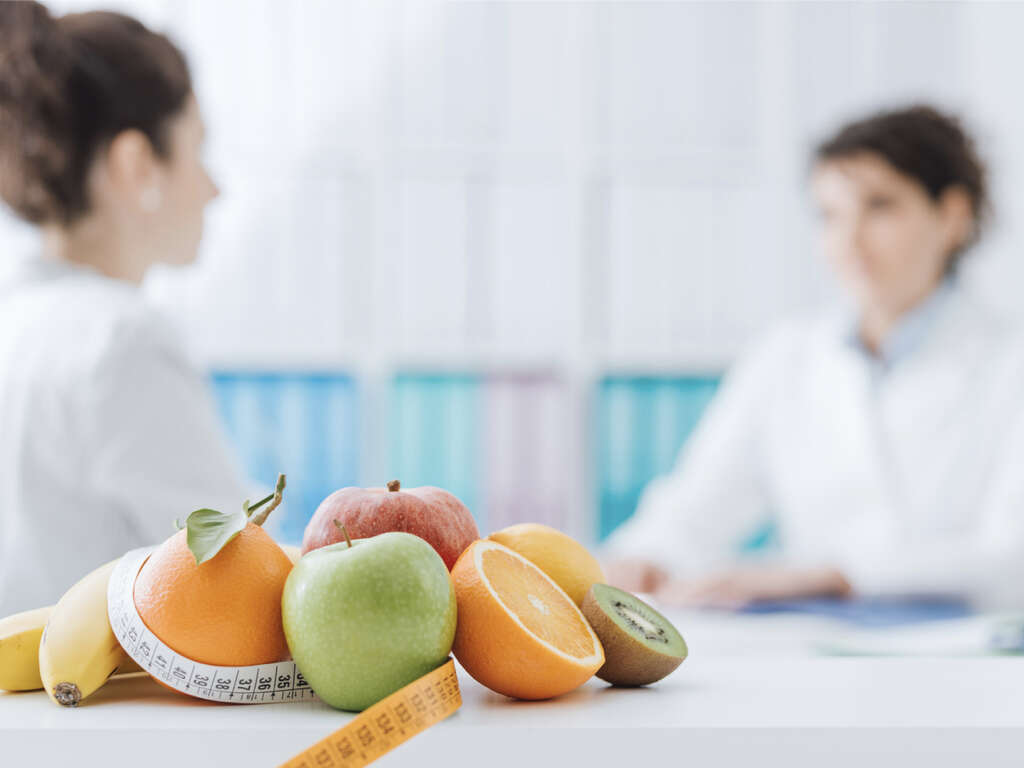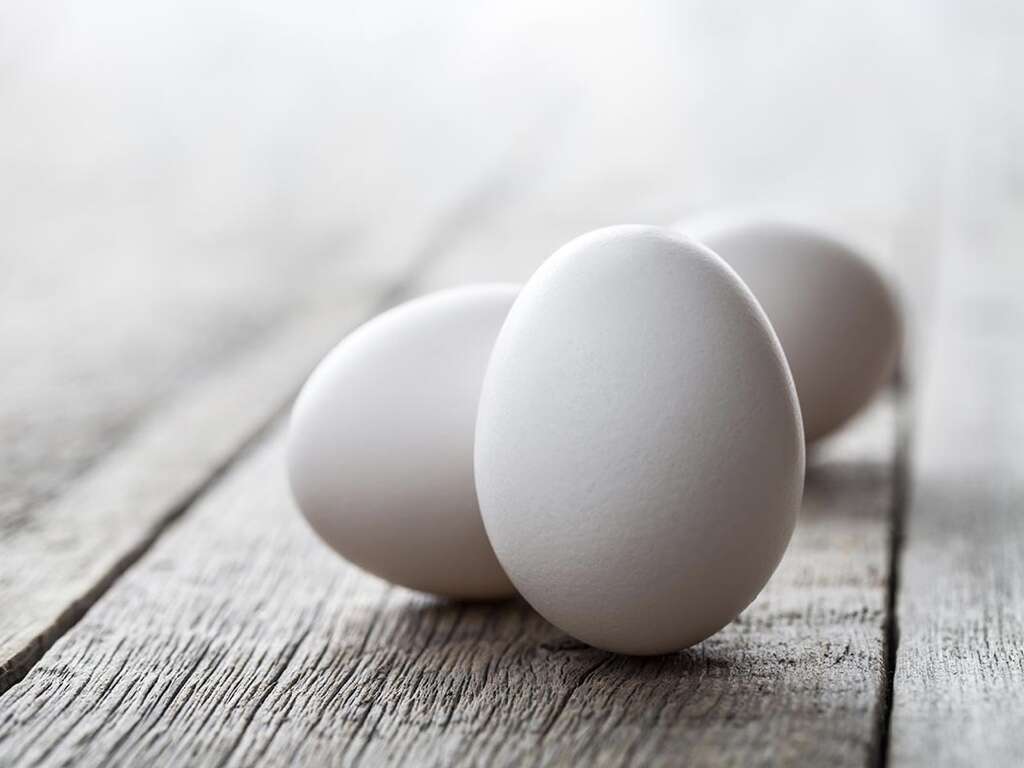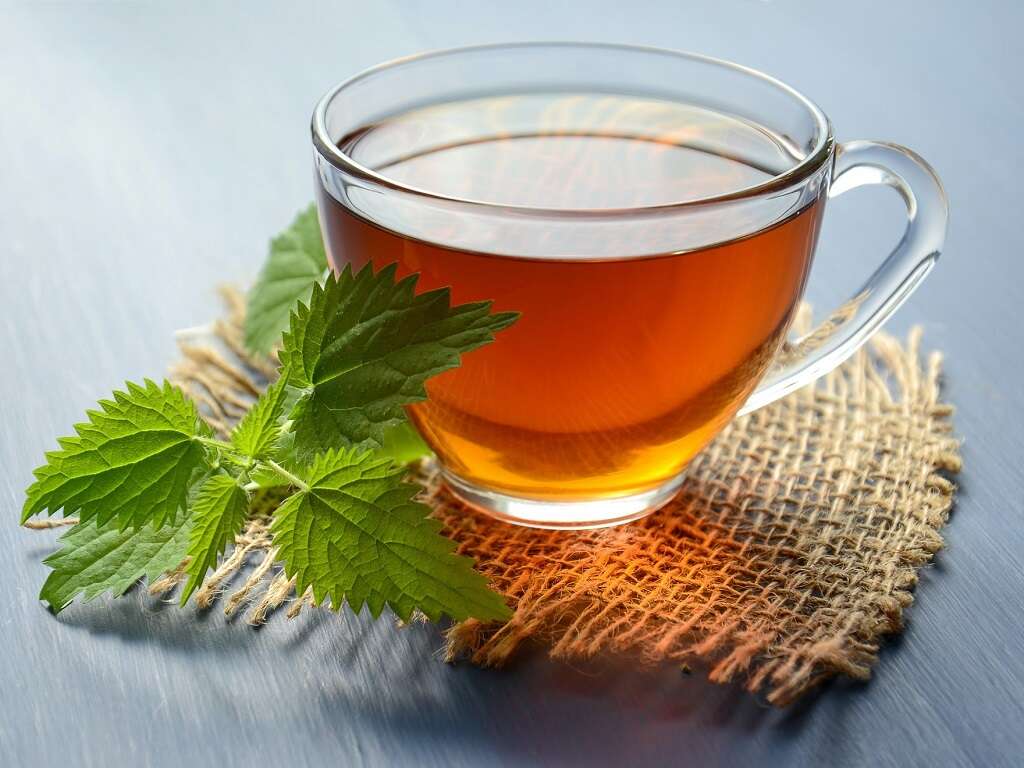What Is the DASH Diet?
The Dietary Approaches to Stop Hypertension (DASH) diet is a diet that is promoted by the National Heart, Lung, and Blood Institute in an effort to control and prevent high blood pressure. This diet is rich in healthy foods such as low-dairy foods, whole grains, fruits, and vegetables. It also recommends the consumption of beans, nuts, poultry, meat, and fish while limiting the intake of red meat, sweetened foods, and added fats. Besides controlling hypertension, the DASH diet also has a well-balanced approach to food.
The National institute of Health (NIH) based the DASH diet from their studies that examined three dietary plans. Although none of the examined diets were vegetarian, the DASH diet incorporates more vegetables and fruits, nuts, beans, and low-fat dairy. The DASH diet has been observed to reduce the systolic and diastolic blood pressure by 6 mmHg and 3 mmHg respectively in normal individuals. In patients with high blood pressure, it reduced the systolic and diastolic blood pressure by 11 mmHg and 6 mmHg. These changes were seen without any modifications in body weight and based on a daily caloric intake that ranges from 1600 to 3100 calories per day.
1. Hypertension
Hypertension or high blood pressure is a chronic condition where the blood pressure in the arteries is abnormally elevated. While it may not cause symptoms, if left untreated for a long time it is a risk factor for heart failure, coronary heart disease, peripheral arterial disease, stroke, chronic kidney disease, vision loss, and dementia. It is thought to affect as many as 50 million individuals in the United States while this number soars to 1 billion globally.
The higher the blood pressure, the higher the likelihood of kidney disease, heart attack, stroke, and heart failure. It has been estimated that for individuals between 40 to 70 years old, an increment of 20 mmHg in systolic or 10 mmHg in diastolic blood pressure doubles the risk of cardiovascular disease.
2. Blood Pressure Measurement
In 2017, the American Heart Association/American College of Cardiology (AHA/ACC) published guidelines stating that blood pressure is elevated when the systolic blood pressure is between 120 to 129 mmHg and when the diastolic blood pressure is less than 80 mmHg. When the systolic blood pressure is between 130-139 mmHg or the diastolic blood pressure is between 80-89, it is considered Stage 1 Hypertension.
It is important to note that different numbers apply to children. To obtain a more accurate blood pressure monitoring, an ambulatory blood pressure monitoring can be performed instead of an office-based blood pressure measurement. It is important to measure blood pressure in different days and under a proper environment.
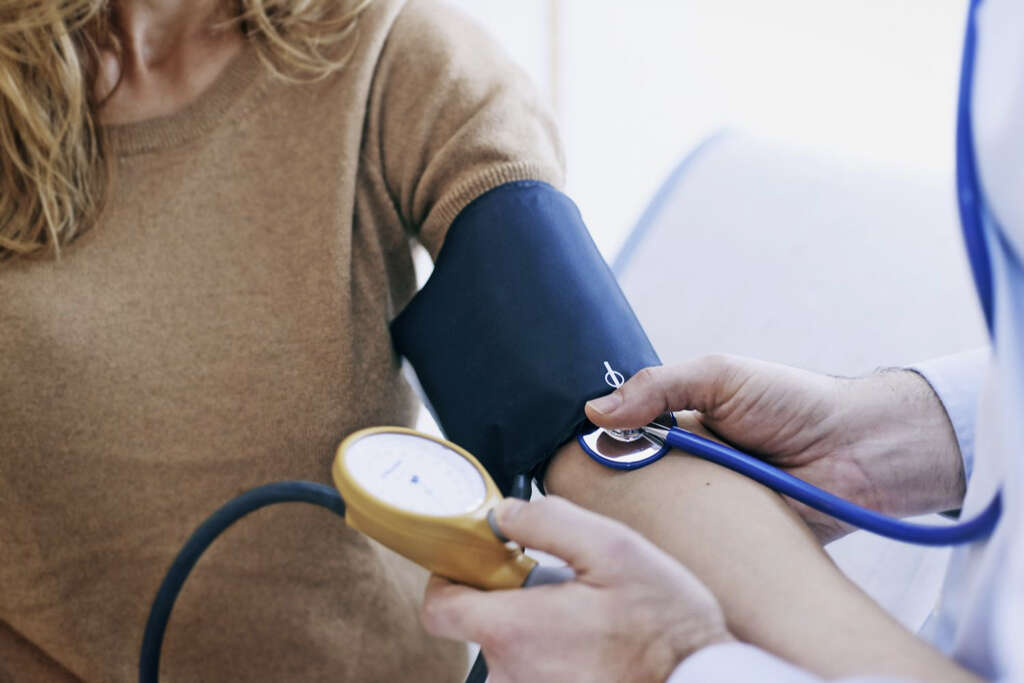
3. Development of the DASH Diet
Due to the high prevalence of high blood pressure, the NIH proposed to research how diet can affect blood pressure. In 1992, along with several medical research centers across the United States, a randomized controlled trial (RCT) was performed. This study involved numerous professionals in the field and started in August 1993 and ended in July 1997.
The DASH diet was developed to provide key nutrients that were thought to lower blood pressure. It also contained a high amount of antioxidant-rich foods that were believed to prevent health issues such as stroke, cancer, and cardiovascular disease. Besides hypertension, researchers have also found that this diet is beneficial for the prevention and treatment of kidney stones.
4. DASH Diet Sodium Levels
Although the DASH diet places an emphasis on fruits, vegetables, whole grains, nuts, fish, poultry, and low-fat dairy, sodium levels should also be controlled. This is important as sodium causes the kidneys to retain more water placing a strain on the arteries, kidneys, brain, and heart.
The consumption of excessive salt reduces the ability of the kidneys to excrete water resulting in higher blood pressure as there is more volume in the body. In the standard DASH diet, patients can consume up to 2,300 milligrams of sodium a day. In addition to the standard DASH diet, the lower sodium DASH diet lowers the consumption of salt to 1,500 milligrams a day.
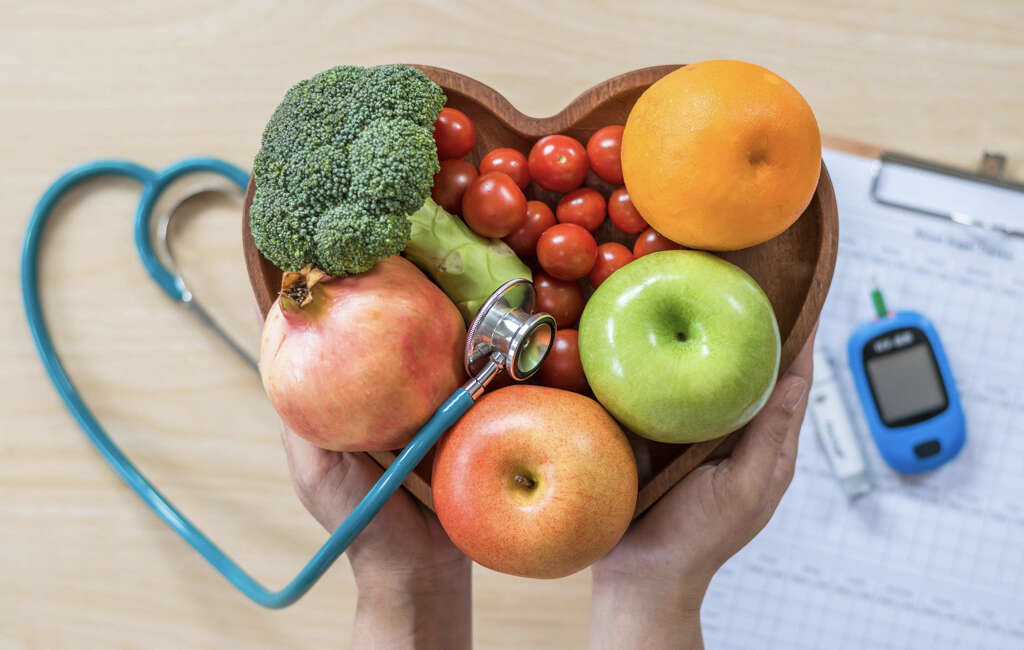
5. Grains
in the DASH diet, 6 to 8 servings of grains are recommended a day. The recommended grains are cereal, rice, bread, and pasta. Individuals on this diet should focus on whole grains as they usually contain more nutrients and fiber compared to refined grains.
For example, instead of white rice and regular pasta, brown rice and whole wheat pasta are better substitutes. When purchasing grocery items, look for products that say “100% whole wheat” or “100% whole grain.” Since grains are naturally low in fat, it is best to serve them without any cream, cheese, or butter-based sauces. An example of one serving of grains would be 1/2 a cup of cooked pasta, cooked cereal, or rice.
6. Fruits and Vegetables
The recommended number of servings of fruits and vegetables are 4 to 5 servings each every day. Fruits are a naturally healthy snack or part of a meal. Packed with fiber and nutrients, they are also low in fat. To manage the number of servings, having a piece of fruit as part of a meal or as a snack would be best.
If possible, the peels of most fruits contain fiber and healthy nutrients. No sugar should be added to canned fruit. Vegetables such as sweet potatoes, broccoli, and carrots are also packed with minerals and vitamins. In the DASH diet, vegetables should be thought of as an integral part of every meal. Try to serve a blend of vegetables as this provides variation.
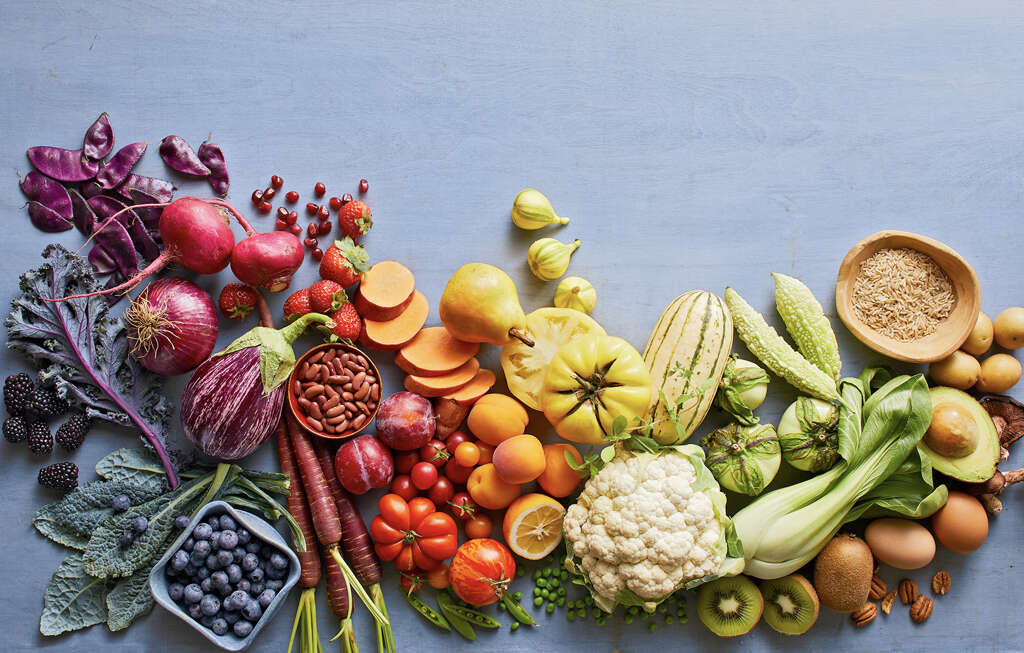
7. Meat and Dairy
The recommended number of servings for fish, poultry, or lean meat would be 6 one-ounce servings or less a day. These are a rich source of iron, zinc, protein, and B vitamins. It is important to look for lean varieties and aim for lower portions of meat as this allows more room for fruits and vegetables.
When preparing meat and poultry, trim away the skin and opt for broiling, baking, roasting, or grilling instead of frying it in fat. Look for heart-healthy fish such as tuna, salmon, and herring as these fish are high in omega-3 fatty acids. Two to three servings of dairy are recommended every day as they are major sources of vitamin D, protein, and calcium. Low-fat dairy is best as dairy products can also become a major source of fat. Those with issues digesting dairy products can opt for lactose-free products or take the lactase enzyme, a product easily available over the counter.
8. Nuts, Seeds, Legumes, Fats, and Oils
Nuts, seeds, and legumes are healthy foods. Examples include kidney beans, sunflower seeds, almonds, lentils, and peas. Four to five servings of these foods are recommended every week as they are good sources of fiber, phytochemicals, potassium, magnesium, and protein.
Although healthy, serving sizes are small as these foods have a high calorie content. Although fats and oils are often thought to be bad, they are essential in helping the body absorb essential vitamins. Two to three servings of fat and oil are recommended a day, or less than 30 percent of daily calories. To reduce the consumption of trans fat, avoid purchasing processed foods such as baked goods and crackers. Read labels on food items to choose those free of trans fat and lowest in saturated fat.
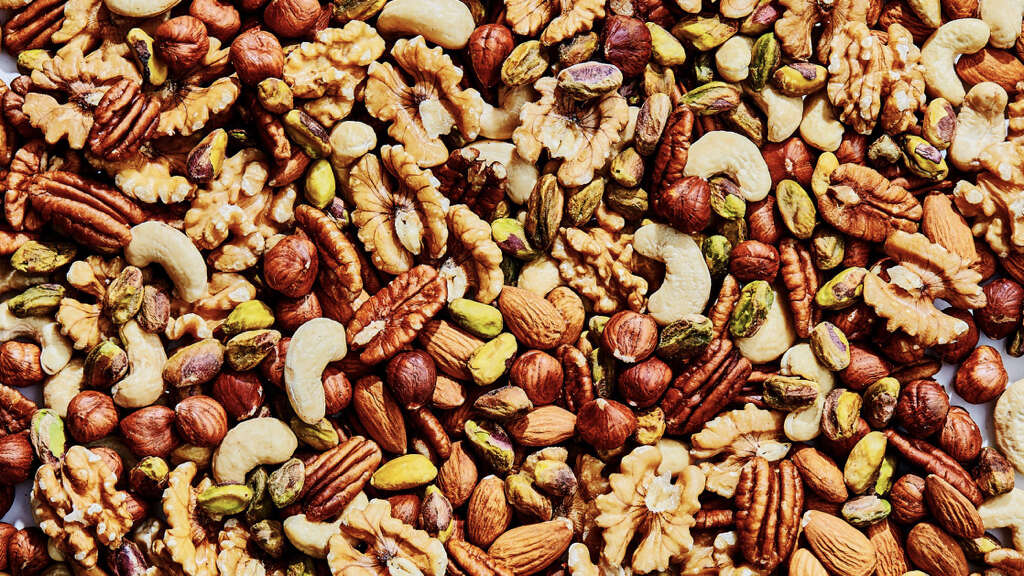
9. Sweets, Alcohol, and Caffeine
Those on the DASH diet do not have to exclude sweets entirely from their lifestyle. Instead, choose sweets that are low in fat or have a low sugar content. Artificial sweeteners may also be an acceptable substitute but should still be limited. Reduce the amount of added sugar as they are high in calories. Sweets should be limited to 5 or fewer servings per week. Some examples of acceptable sweets include sorbet, lemonade, hard candy, or jelly beans.
It is a well-known fact that alcohol consumption can cause increased blood pressure. The alcohol recommendation for men is limited to no more than two drinks a day while women are limited to one or less. However, the DASH diet does not have any guidelines regarding caffeine consumption as the impact of caffeine on blood pressure is still unclear. Caffeine has been found to increase blood pressure temporarily. Individuals who think that their caffeine consumption is causing increased blood pressure should discuss it with their doctor.
10. Making the Change
It is never easy to start a new diet. To help the transition, it is important to change gradually. Increase the amount of fruits and vegetables slowly by adding an additional serving during mealtimes. Instead of completely switching to wholegrains, start slowly by changing it to one or two servings a day. Remember to create incentives and be forgiving when there is a slip-up.
To further decrease blood pressure, adding a regular exercise routine can also help lower blood pressure levels and weight loss. Those who have issues adhering to the diet can talk to their doctor or dietitian to obtain tailored tips on increasing compliance.




